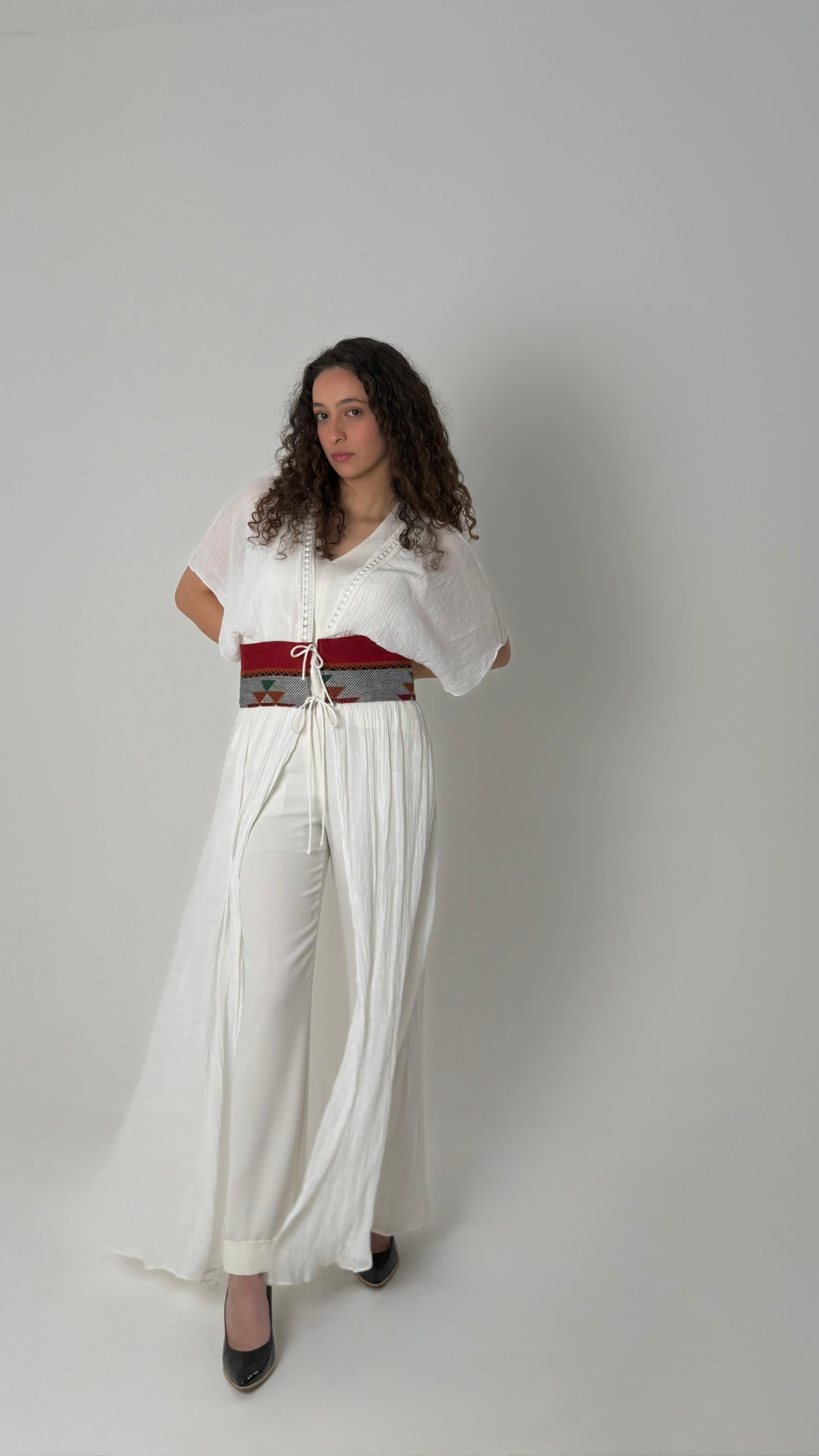Fashion is far more than clothing—it’s a powerful tool of self-expression. Across cultures and generations, the way we dress has communicated our beliefs, emotions, affiliations, and even resistance. In today’s globalized world, fashion plays a crucial role in shaping and reflecting individual and collective identity. Whether it’s a bold streetwear look or a traditional cultural garment, what we wear says something about who we are—and who we want to be.
1. The Language of Clothing
Fashion is often referred to as a “silent language.” Through garments, we convey:
-
Cultural heritage (e.g., abayas, saris, kilts)
-
Personal values (minimalism, sustainability, rebellion)
-
Social status or profession (uniforms, designer labels, techwear)
-
Subcultural identity (punk, hip-hop, goth, skater)
Every fashion choice—deliberate or not—sends a message. Whether someone wears thrifted vintage or luxury brands, they’re making a statement about their identity, even if unintentionally.
2. Fashion as a Cultural Identity
Around the world, traditional dress continues to serve as a proud symbol of heritage. In the Middle East, the keffiyeh or abaya represents history and cultural pride. In West Africa, vibrant Ankara prints celebrate regional artistry and community. During cultural events or diasporic celebrations, people often reconnect with their roots through clothing—bridging past and present.
At the same time, global fashion is being shaped by the fusion of different cultural aesthetics, leading to cultural exchange—and at times, cultural appropriation. The line between respectful inspiration and misuse is one the fashion industry continues to navigate.
3. Gender Identity and Fashion Freedom
Fashion is increasingly being recognized as a space to explore and express gender identity. As the binary definitions of male and female become more fluid, so does the clothing that once strictly defined them.
From the rise of gender-neutral fashion to the acceptance of men in skirts or women in oversized tailoring, style is a way many people challenge stereotypes and assert who they truly are. Designers and brands that embrace inclusivity help create safe, affirming spaces for self-discovery and freedom of expression.
4. Fashion and Youth Identity
Young people have long used fashion to create distance from older generations and align themselves with specific movements or ideologies. In today’s social media age, youth fashion is more visible, rapid, and global than ever.
From the rebellious looks of Y2K revivalists to TikTok-core aesthetics like “clean girl,” “grunge fairy,” or “blokecore,” each microtrend reflects the wearer’s identity, sense of humor, or political stance. Fashion gives youth the power to claim visibility and make their mark in a crowded, often overwhelming world.
5. Fashion in Social and Political Movements
Fashion has always had a place in activism. In the 1960s, the Black Panthers wore leather jackets and berets as symbols of empowerment. In the 2010s, pink pussyhats at women’s marches became viral symbols of resistance. Today, slogan T-shirts, Palestinian keffiyehs, and protest fashion all play a role in shaping the visual language of social justice and solidarity.
Through these choices, clothing becomes a canvas for values, belief systems, and collective identity.
6. Fashion, Confidence, and Mental Identity
What we wear also affects how we feel about ourselves. Studies show that clothing can impact confidence, mood, and performance. This phenomenon, known as “enclothed cognition,” explains why people dress up for interviews, wear gym clothes to feel motivated, or choose outfits that reflect how they want to be seen.
In this sense, fashion not only reflects identity but also helps shape it internally. It allows people to become the best version of themselves—or to try on new versions until they find one that fits.

